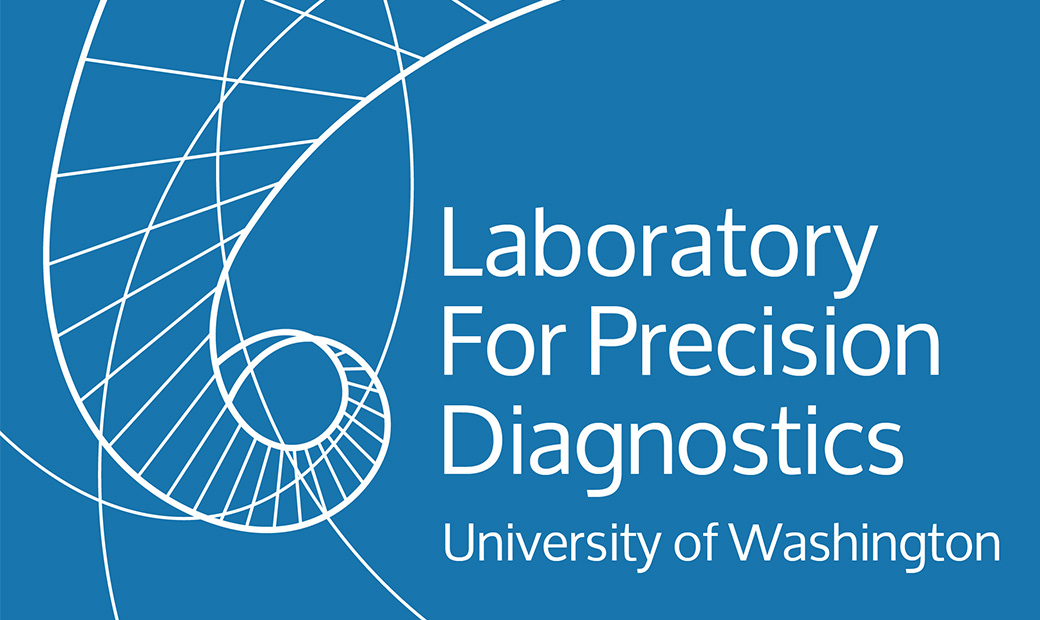Genes
ABL1, ABL2, ALK, BCL11B, BCL2, BCL6, BCR, BIRC3, CBFB, CCND1, CCND3, CDK6, CHD1, CHIC2, CIITA, CREBBP, CRLF2, CSF1R, DEK, DUSP22, EBF1, EIF4A1, EPOR, ERG, ETV6, FGFR1, GLIS2, IKZF2, IKZF3, JAK2, KAT6A, KLF2, KMT2A, MALT1, MECOM, MKL1, MLF1, MLLT10, MLLT4, MYC, MYH11, NF1, NFKB2, NOTCH1, NTRK3, NUP214, NUP98, P2RY8, PAG1, PAX5, PBX1, PDCD1LG2, PDGFRA, PDGFRB, PICALM, PML, PRDM16, PTK2B, RARA, RBM15, ROS1, RUNX1, RUNX1T1, SEMA6A, SETD2, STIL, TAL1, TCF3, TFG, TP63, TYK2, ZCCHC7
Test Guide
Hematologic malignancies (e.g. leukemias, lymphomas, myelomas, plasma cell neoplasms) frequently have chromosome rearrangements and gene fusions that are important in establishing a diagnosis, predicting prognosis, and guiding therapy choices. The FusionPlex® PanHeme Panel is based on next generation sequencing of RNA (cDNA) from bone marrow, leukemic blood, or lymph node tissue to detect somatic oncogenic gene fusions involving any of 72 genes associated with hematological malignancies, without prior knowledge of the fusion partners or the breakpoints of the translocations.
This test can also be ordered for a single gene or a subset of 2-10 genes, chosen by the ordering clinician based on clinical and pathological findings.
Methodology
Total nucleic acid (TNA) is extracted from the sample using standard procedures. First- and second-strand complementary DNA (cDNA) synthesis is performed. A library of DNA fragments is constructed for targeted capture of cDNA from fusion genes using custom designed FusionPlex® Pan-Heme panel and reagent kit (ArcherDX, Boulder, CO). The library is quantitated using quantitative PCR and normalized for next generation sequencing. Paired-end sequencing of the enriched library is performed using Mid Output v2 (Illumina) chemistry on a NextSeq sequencer according to the manufacturer’s recommended protocol (Illumina, Inc. San Diego, CA). FASTQ files with base call and quality information of minimum 4.5 million paired-end sequence reads are processed using Archer Analysis software to annotate gene fusions and variants found within these genes. Human Genome build GRCh37 (hg19) is used. Additional details about this assay can be found at https://archerdx.com/research-products/blood-cancer-research/fusionplex-pan-heme/.
Test Limitations: The FusionPlex® Pan-Heme Panel is used in this test for the sole purpose of identifying gene fusions with both known and unknown fusion partners of solid tumor-associated gene targets. Not all exons are targeted for each gene transcript in the panel. This assay does not detect gene fusions located outside the targeted gene regions or rearrangements and genomic juxtapositions that don’t produce fusion transcripts. This test is also has limited ability to detect low-level tumor content (<10%). The failure to detect an alteration at any locus does not exclude the diagnosis of any of the disorders represented on the targeted panel. The laboratory can assist the ordering provider in determining whether other types of testing, such as DNA sequencing for point mutations, are appropriate. This discussion should be considered in the context of the clinical phenotype.
Specimen Requirements
Specimen Types:
- Leukemic Blood: 1-3 ml in EDTA (lavender top vacutainer). Keep at room temperature.
- Bone Marrow: 1-3 ml in EDTA (lavender top vacutainer). Keep at room temperature.
- Extracted RNA: 1 microgram (minimum), suspended in water. Store at -20°C. Ship on minimum of 10 lb of dry ice in insulated container by overnight courier. We can only accept RNA isolated in a CLIA-certified laboratory or a laboratory meeting equivalent requirements as determined by the College of American Pathologists and/or the Centers for Medicare and Medicaid Services.
- Methanol/acetic acid fixed cell pellets (often produced during cytogenetics testing).
- Fresh Frozen Lymph Node Tissue: 50-150 mg (0.15-2.0 cm3) fresh tissue snap-frozen. Store at -20°C. Ship on minimum of 10 lb of dry ice in insulated container by overnight courier.
- Lymph Node in FFPE:
- 1. If the specimen is <80% tumor, send 10 unstained section slides at 10 microns each for macro-dissection. Include an H&E slide/image with the tumor portion marked and a copy of corresponding surgical pathology report. Mail slides in a protected mailing container at room temperature and protect from excessive heat.
- 2. If the specimen is >80% tumor, send 10 curls at 10 microns each. Put 5 curls in each of two 1.5 ml or 2 ml tubes. Include a copy of corresponding surgical pathology report. Mail at room temperature and protect from excessive heat.
- Bone Core: Contact the lab (206-616-4062).
Special Instructions
Return of Results: Results will be faxed to the numbers(s) provided on the requisition form.
Turnaround Time: 2-3 weeks from receipt of adequate sample, if insurance pre-authorization is already approved.
How to Order
Please follow these steps:
Test kits and return shipping are available, as needed. Please call 206-598-8684 to request kits.
1. Complete CGL Neoplasia Test Request Form, including billing information.
2. Collect sample.
3. Deliver to Clinical Genomics Laboratory as soon as possible. Specimens are accepted Monday through Friday.
Ship sample overnight to:
Clinical Genomics Laboratory
University of Washington Health Sciences Building
Room H-561
1959 NE Pacific St
Seattle, WA 98195
Note: Orders cancelled after they have been submitted will incur a prorated charge based on the work that has been completed as of the time of cancellation.
CPT Code & Cost
81455$Contact gpab@uw.edu for details about pricing.
